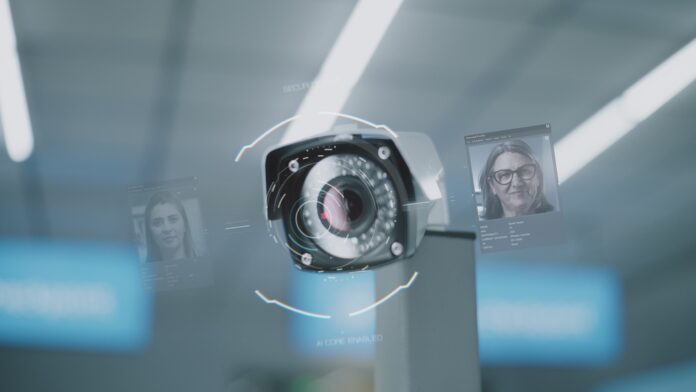When you open your computer in the morning, you don’t think about perimeters or firewalls. You think about accessing your emails, internal systems, financial applications, and collaborative tools. Without realizing it, this very everyday action has become the focus of today’s biggest digital threats.
Today, hackers’ preferred gateway is no longer the protected server but the unsuspecting user with their vulnerable digital identity. In Brazil and Latin America, access protection has become the new frontier of cybersecurity—a challenge that, when understood by companies as a strategic priority, will completely change the course of the fight against digital attacks.
Compromised credentials and phishing have become one of the main vectors of intrusion today. Recent studies indicate that at least 74% of security incidents involve some human error or social engineering as the initial vector, with phishing being the most frequent method.
In other words, attackers often trick employees into revealing passwords or clicking malicious links, paving the way for intrusion. Moreover, the abundance of leaked credentials online exacerbates this problem: in 2024, Bitsight recorded 2.9 billion unique compromised credentials, a jump from 2.2 billion in 2023. Additionally, since April 2024, over 19 billion credentials have been exposed globally.
These figures explain why digital identities have become the ‘gold’ for hackers—by gaining unauthorized access to legitimate accounts, they can easily bypass traditional defenses.
From Perimeter to Zero Trust: Identity-Centric Prevention
Faced with this problem, many companies in Brazil and Latin America are rethinking their defense strategies to place identity at the center of security.
Models and controls once considered advanced are now indispensable for preventing identity threats before they cause harm. Among the key preventive approaches is Zero Trust, which significantly reduces the attack surface by limiting lateral movements of attackers who obtain credentials.
Complementing this, multi-factor authentication (MFA) adds additional layers of security to account access, virtually eliminating attacks that rely solely on stolen or phishing-compromised passwords—a point reinforced by recent studies, which show that nearly all compromised accounts did not use MFA.
Concurrently, robust identity management policies, such as the principle of least privilege and continuous permission monitoring, drastically reduce the loopholes available to cybercriminals. Coupled with advanced technologies like Identity Threat Detection and Response (ITDR) and User and Entity Behavior Analytics (UEBA), capable of detecting abnormal behaviors in real-time, these practices enable threat anticipation and proactive action, preventing minor failures or early deviations from escalating into serious attacks. Thus, organizations can act proactively against modern threats, consistently strengthening their digital defenses.
Regional Risks and the Urgency of Proactive Prevention
Adopting this identity-focused preventive stance is not just a trend but a strategic necessity. Both Brazil and Latin America face specific challenges: ransomware groups and espionage actors target Brazil as a preferred destination, combining local and international criminals’ efforts in complex attacks.
Many of these attacks exploit identity security gaps—be it a misconfigured server, a VPN protected only by a password, or untrained users falling for scams. Add to this budget constraints and a shortage of specialized security personnel affecting many local companies, and we have a scenario where prevention is far more efficient than remediation.
A serious breach can cost millions in financial damages, service disruption, and loss of trust. On the other hand, investing in prevention brings efficiency and security gains: it reduces incident occurrence (avoiding downtime), cuts time spent on emergency responses and investigations, and protects organizational reputation.
In the public sector and SMEs, a preventive stance can free up resources previously spent ‘putting out fires’ to be allocated to innovation and growth, while ensuring compliance with laws like the LGPD and other data protection regulations.
Identity at the Heart of Strategy
Strategically speaking, prioritizing identity threat prevention ensures business continuity and trust. Organizations that adopt strong authentication, Zero Trust policies, and continuous account monitoring create an environment less prone to attacks and better prepared for the future. It’s about anticipating adversaries, thwarting their favorite techniques, and thus preventing losses before they even occur.
In Brazil and Latin America, where cybercriminals’ creativity keeps growing, this preventive approach offers not just more security but also operational efficiency—after all, it’s far more effective to build solid defenses now than to deal with the aftermath of an incident later.
Making digital identity protection the cornerstone of security strategy isn’t just advisable—it’s what will differentiate resilient and successful organizations in the era of advanced cyber threats.
by Felipe Guimarães, Chief Information Security Officer – CISO at Solo Iron


